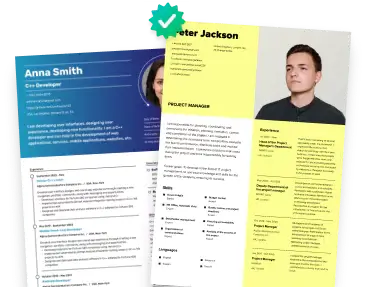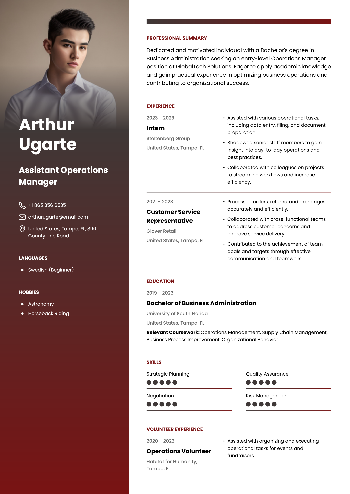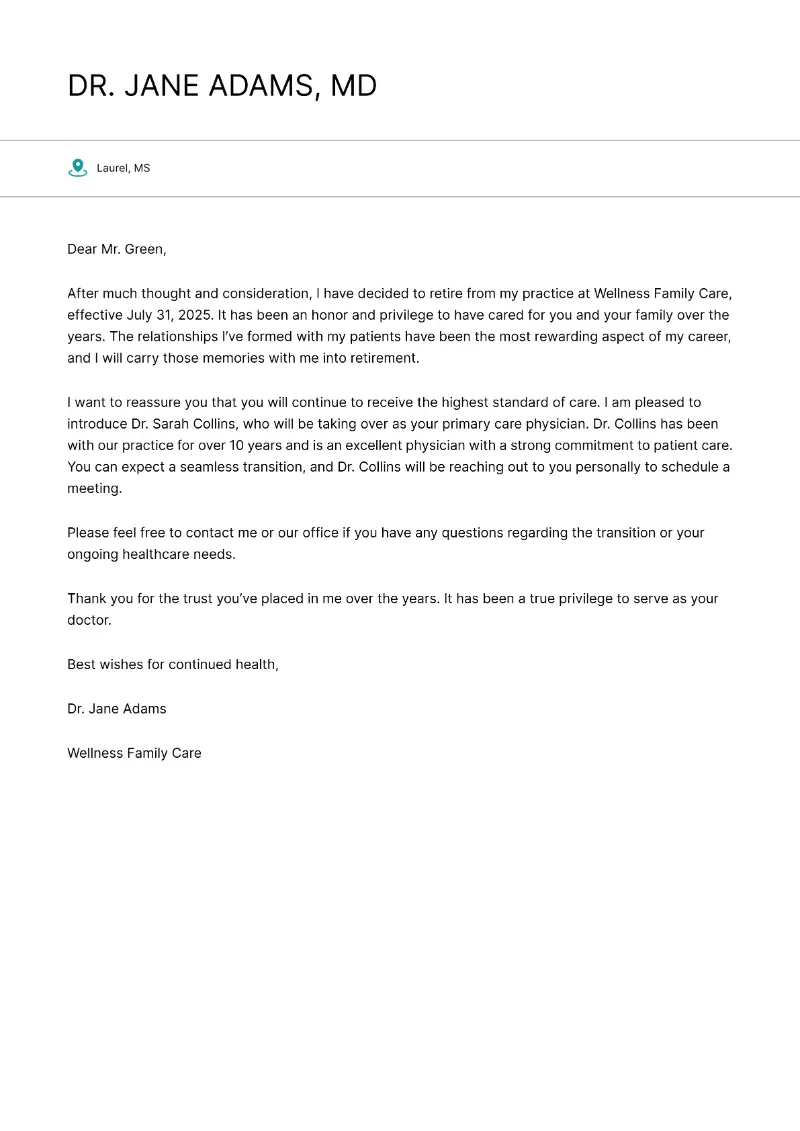How do you prioritize your work? This is a common question in job interviews and workplace discussions, as effective organization is crucial for productivity and success.
Employers want to know how you manage your tasks, meet deadlines, and handle multiple responsibilities without feeling overwhelmed. Having a clear approach demonstrates the ability to stay focused under pressure.
In this article, we’ll provide a sample answer to this question, along with practical strategies to help you effectively supervise your workload and stay on top of your priorities.
How to answer how do you prioritize your work?
A strong response should outline your ability to prioritize, the tools or techniques you use, and your methods to managing last-minute or unexpected tasks.
Here’s how you can craft a well-structured answer:
1. Explain Your Approach
Start by describing the criteria you utilize to determine task importance. Common strategies include:
| Technique | Explanation | Best For |
|---|---|---|
| Eisenhower Matrix | Sorts duties into four categories: Urgent & Important, Important but Not Urgent, Urgent but Not Important, and Neither Urgent nor Important. | Coordinating competing responsibilities and deciding what needs immediate commitment. |
| ABCDE Method | Labels chores from A to E: A (critical), B (important), C (optional), D (delegate), and E (eliminate). | Streamlining workload by ranking assignments based on necessity. |
| MoSCoW Technique | Divides work into: Must-have, Should-have, Could-have, and Won’t-have. | Prioritizing features in projects or organizing tasks based on importance. |
| Pareto Principle (80/20 Rule) | Emphasizes the 20% of efforts that yield 80% of the results. | Enhancing productivity by engaging on high-impact work. |
| Time-Blocking | Allocates periods for distinct activities to improve efficiency. | Structuring the day to prevent distractions. |
| Ivy Lee Method | Lists six key operations for the next day, completed in sequence. | Simplifying decision-making. |
| Eat the Frog | Tackles the most challenging or high-priority task first. | Overcoming procrastination. |
| Kanban System | Uses visual boards to track initiatives through different stages (To-Do, In Progress, Completed). | Organizing workflow, especially in team projects. |
| 1-3-5 Rule | Fixates on completing 1 major, 3 medium, and 5 smaller tasks daily. | Balancing workload while maintaining achievable goals. |
2. Highlight Your Organizational Methods
When responding interview question about prioritizing tasks, tell how you stay on top of tasks by using specific systems.
These may include:
- Time-Blocking: Allocate time slots for different tasks to assure focused work on each responsibility.
- Task Tools: Use services like Trello, Asana, or Microsoft Planner to track progress.
- Daily & Weekly Planning: Plan ahead by reviewing initiatives each morning to set clear goals and expectations.
- Checklists: Break large projects into manageable steps.
- Document Organization: Keep both digital and physical files structured for easy access and reference.
- Delegation: Assign tasks effectively within a team to ensure workloads are balanced.
3. Describe How You Handle Changes
Demonstrate your ability to remain flexible while maintaining focus on key priorities.
- Assess Immediate Impact:
When a change or urgent request arises, first evaluate how it impacts your current workload and deadlines. Quickly understand what is at stake, whether it's a matter of business priority, client need, or an unforeseen complication that requires swift attention.
- Stay Flexible in Execution:
This means being willing to modify your work process as required. Whether it’s shortening a meeting, rearranging your to-do list, or shifting hours, flexibility is about finding solutions that allow you to meet exigent demands.
- Prioritize Effective Problem-Solving:
Direct on identifying solutions quickly. If additional resources or external help is needed, act promptly to seek assistance. Problem-solving in the face of change is about remaining resourceful.
- Manage Stress and Maintain Focus:
Handling non-negotiable requests requires maintaining a calm demeanor even under pressure. By centering on what needs to be done and breaking the task into parts, you reduce overwhelm.
- Review and Reflect for Future Improvements:
Take a moment to assess how the situation was handled. Was there a smoother way to administer the urgency? Could processes be optimized to prevent such disruptions in the future? Reflection allows for growth and improved efficiency in dealing with similar situations later.
Work priorities examples
1. General
- Client Deliverables. Meeting the expectations of clients through timely submissions.
- Project Deadlines. Ensuring that all tasks are completed before their due dates to avoid delays.
- Team Support. Offering assistance to colleagues on important projects to affirm group success.
- Routine Tasks. Managing daily operations such as organizing schedules or processing emails.
2. Project Management
- Key Milestones. Targeting on significant points within the initiative to track overall progress.
- Risk Assessment. Identifying potential obstacles and taking necessary steps to minimize disruptions.
- Budget Oversight. Monitoring financial aspects to guarantee spending stays within the allocated amount.
- Resources. Verifying that the necessary materials and personnel are available to meet deadlines.
3. Sales/Customer Service
- Top Clients. Giving special attention to high-revenue or strategic customers.
- Lead Engagement. Reaching out to potential consumers to advance opportunities.
- Service Resolution. Quickly addressing issues to maintain satisfaction and prevent dissatisfaction.
- New Product Introductions. Concentrating efforts on marketing and promoting new offerings.
4. Team/People Management
- Employee Feedback. Conducting performance reviews and providing constructive guidance for professional growth.
- Staffing Needs. Focusing on recruiting and hiring to fill positions within the team.
- Conflict Mediation. Resolving internal disputes to ensure a productive and harmonious environment.
- Employee Development. Organizing training sessions to upskill employees.
5. IT/Technical
- Infrastructure Upkeep. Ensuring the technical infrastructure, such as networks and servers, are functioning smoothly.
- Security Enhancements. Installing essential updates to protect against data breaches and cyber threats.
- Technical Support. Addressing critical issues that disrupt productivity and resolving them quickly.
6. Marketing
- Campaign Execution. Overseeing the launch of marketing initiatives to meet business goals.
- Market Research. Gathering and analyzing data to refine strategies and improve decision-making.
- Social Engagement. Managing communication on social platforms.
How do you prioritize your work sample answers
How do you prioritize tasks?
I prioritize my workload by evaluating both the urgency and significance of each task. First, I identify the most time-sensitive items, such as those with imminent deadlines or those that are crucial for meeting broader business objectives. To manage my responsibilities, I use task lists or digital planners along with frameworks to help me decide which activities require immediate attention.
I also break larger projects into smaller, achievable steps to prevent feeling overwhelmed and to stay on track. Additionally, I consider available resources and the time required to complete each task. If unexpected changes or urgent requests arise, I reassess my priorities and adjust my schedule accordingly, keeping all relevant stakeholders informed.
By staying flexible and organized, I ensure that key assignments are addressed promptly while continuing to work toward long-term goals.
What steps should you take to prioritize your workload?
In healthcare, it's essential to assess patient needs and the impact of tasks on overall care quality. My first step is to evaluate the urgency of each situation, particularly when dealing with critical patients or time-sensitive procedures. I prioritize life-threatening cases or those that require immediate medical intervention, ensuring that emergency protocols are followed.
Next, I review scheduled tasks, such as follow-up appointments, tests, or administrative duties, and arrange them in order of importance. I ensure that routine tasks, like updating records or checking in with team, are also addressed, but I balance these with more urgent activities.
I also communicate regularly with colleagues to understand any adjustments needed, such as staffing changes or new information on patient conditions, which could affect my task list.
How do you prioritize projects under pressure?
I first evaluate the potential impact of each project, prioritizing those that align most with key business goals, such as increasing engagement or driving conversions. I then break complex tasks into manageable steps and delegate when appropriate to maintain momentum.
Clear communication with the team ensures everyone is aligned, especially when deadlines are tight. I continuously track progress, adjusting priorities as new challenges emerge, which allows me to deliver results efficiently without compromising quality.
How would you prioritize your work?
In finance, I prioritize tasks by evaluating their potential impact on financial performance, deadlines, and regulatory requirements. I begin with time-sensitive deliverables, such as financial reports or audits, that must be completed within specific timeframes.
Next, I address high-impact tasks, like budgeting or forecasting, which require detailed analysis and attention. I also stay in close communication with my team and key stakeholders to ensure that all priorities are aligned. By staying organized and adjusting my approach based on urgency, I ensure that important financial tasks are always handled efficiently and accurately.
How do you organize and prioritize your work?
In engineering, I start by thoroughly understanding the project’s objectives, deadlines, and technical requirements. I assess tasks based on their urgency and how critical they are to the overall progress. For example, I prioritize design approvals, resource allocation, and testing phases that directly affect the project timeline. I use project management tools, such as Gantt charts or task management software, to track progress, identify bottlenecks, and visualize task dependencies.
I also break down large projects into smaller, manageable tasks and schedule regular check-ins with the team to ensure alignment. Any issues that could impact the timeline or project quality are addressed immediately.
Throughout the project, I continuously reassess priorities based on new developments and feedback, making adjustments as necessary to maintain smooth workflow. By staying organized and collaborating closely, I ensure that all tasks are completed efficiently, and the project stays on track to meet its goals.
Describe how you prioritize your work
In hospitality, I prioritize tasks based on guest satisfaction, operational efficiency, and time sensitivity. I begin each day by reviewing the reservations and any special requests or needs from guests. I then assess the operational needs, such as staff scheduling, inventory management, or preparing for upcoming events, ensuring that critical tasks are completed on time.
I use a combination of daily checklists and scheduling tools to stay organized and track the progress of each task. I also make sure to address immediate guest concerns or unexpected situations promptly. Throughout the day, I adjust priorities as needed, particularly when urgent requests or changes occur, to ensure smooth operations and a high level of customer service. Communication with my team is essential, so we’re all aligned and can act quickly if new priorities arise.
Conclusion
Prioritizing your work effectively is key to achieving success in any industry.
The ability to manage your time and resources not only helps you deliver high-quality work but also builds trust with colleagues and clients. With a well-structured approach to prioritization, you can navigate even the busiest of workdays with confidence and clarity.
Create your professional Resume in 10 minutes for FREE
Build My Resume
























